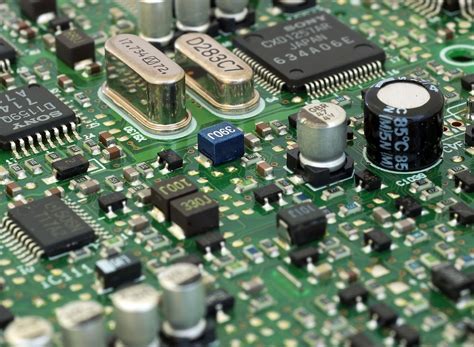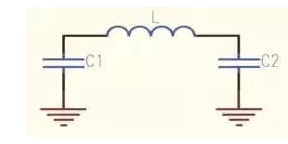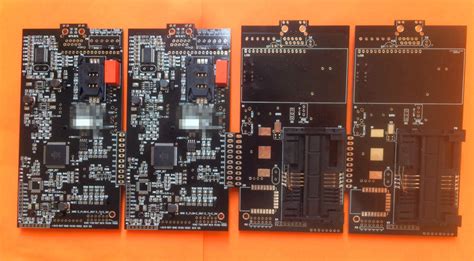Analysis of reasons why solder joints are not bright
With the development of science and technology, the market demand for electronic components is increasing. In order to improve the soldering quality of electronic components, manufacturers have replaced traditional manual soldering with automatic soldering machines to increase production. As production increases, various problems follow. With years of experience in solving soldering problems, the technical staff of Okada Technology analyzed the following main reasons why solder joints are not bright:
(1) When soldering, the flux plays a vital role and plays a decisive role in the brightness of the solder joints.
If the acidity of the flux is too strong, the surface of the solder joint will be corroded after soldering. The flux on the surface will mix with the air and corrode the surface of the solder joint, causing the solder joint to change and undergo chemical reactions.
(2) The tin content of the solder joint determines the brightness of the solder joint.
The components of the solder joint are tin and lead. The surface of the tin metal element has a bluish white luster, while the surface of the lead metal element is gray. The higher the tin content of the solder joint, the brighter the solder joint. On the contrary, the higher the lead content of the solder joint, the darker the solder joint.
(3) Too many impurities in the solder bar will easily cause the surface of the tin point to be rough and granular, frosted and porous, and bubbling after welding. The surface of the tin point will lose its natural luster.
(4) When the melting temperature of the solder bar does not meet the melting temperature requirements, tin slag will easily form on the surface of the tin.
When the solder bar is welded, the tin slag will affect the welding effect of the tin point, and the slag of the tin point will affect the brightness of the solder point.
(5) When the melting temperature of the solder bar is too high and it comes into contact with air, it will accelerate the oxidation of the solder bar, produce tin slag, and affect the brightness of the solder point.
(6) The more opportunities there are for tin slag, oxidation and tin slag will cause the tin point to be dull and not smooth when the solder bar is welded.
(7) The humidity in the factory production workshop will also affect the dullness of the tin joint. The surface of the tin joint is bright when it is just soldered, but it will become dim after some time because the air contains a lot of moisture. If the humidity in the production workshop is too high and the storage location is humid, there will be a layer of oxide on the surface of the tin joint, which will also make the brightness of the tin joint fade.







